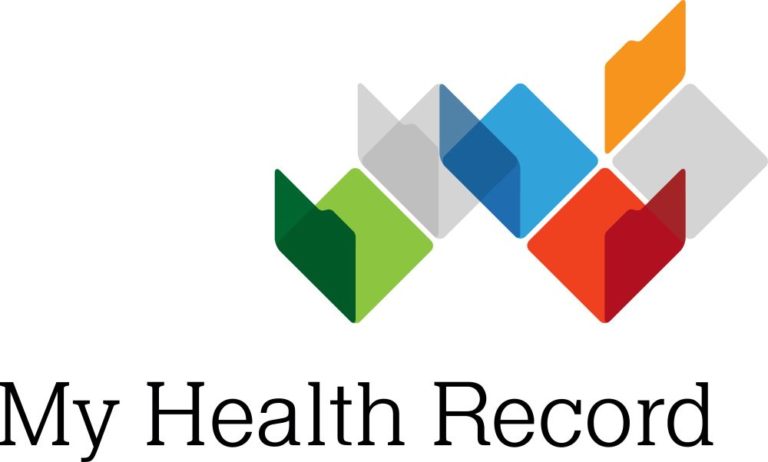[vc_row][vc_column][vc_column_text]Australia’s healthcare system is one of the world’s best, providing a range of services from population health and prevention, through to general practice and community health; emergency health services and hospital care; and rehabilitation and palliative care.
What makes Australia’s health system different compared to other countries, is its voluntary private healthcare system which helps complement and supplement the country’s public system.
This means Australians have the option of being covered by the public Medicare system (which provides access to free treatment and accommodation in a public hospital), or they can choose to be covered by a combination of Medicare and private health insurance.
Australians with private health insurance are eligible to receive funding to cover some of the costs of their care in a private hospital. They are also able to use a public hospital, although they may be charged for it.
The complexity of Australia’s healthcare system has played a considerable role in influencing the cost of medtech devices between the public and private healthcare systems. These complexities include:
- The purchasing arrangements and level of segmentation of the market;
- The level of technical manufacturer support required; and
- The level of regulatory hurdles and market delays.
Unlike in the public system, choice of surgeon and choice of medical device is a fundamental benefits of private health insurance cover and we need to work towards ensuring that value remains a cornerstone of our private healthcare system.
The fragmentation of the private healthcare system however, means achieving the same level of efficiencies of the public system challenging.
Take for example the approximately 630 private hospitals that purchase resources such as medtech devices on an as-needed basis, compared to the public sector (i.e. hospitals administered by the state and territory governments) which utilise their public tendering process to drive down prices and choice of devices available in their 695 public hospitals.
As a result, public hospitals can meet the delivery requirements of certain services through their funding arrangements. Whereas private hospitals, due to the lack of infrastructure required to deliver the same services, must rely on the device supplier to cover the costs, causing differences in prices between the public and private sector.
These factors mean comparing prices across public and private hospitals or across international jurisdictions can be problematic or in some cases not appropriate.[/vc_column_text][/vc_column][/vc_row]




